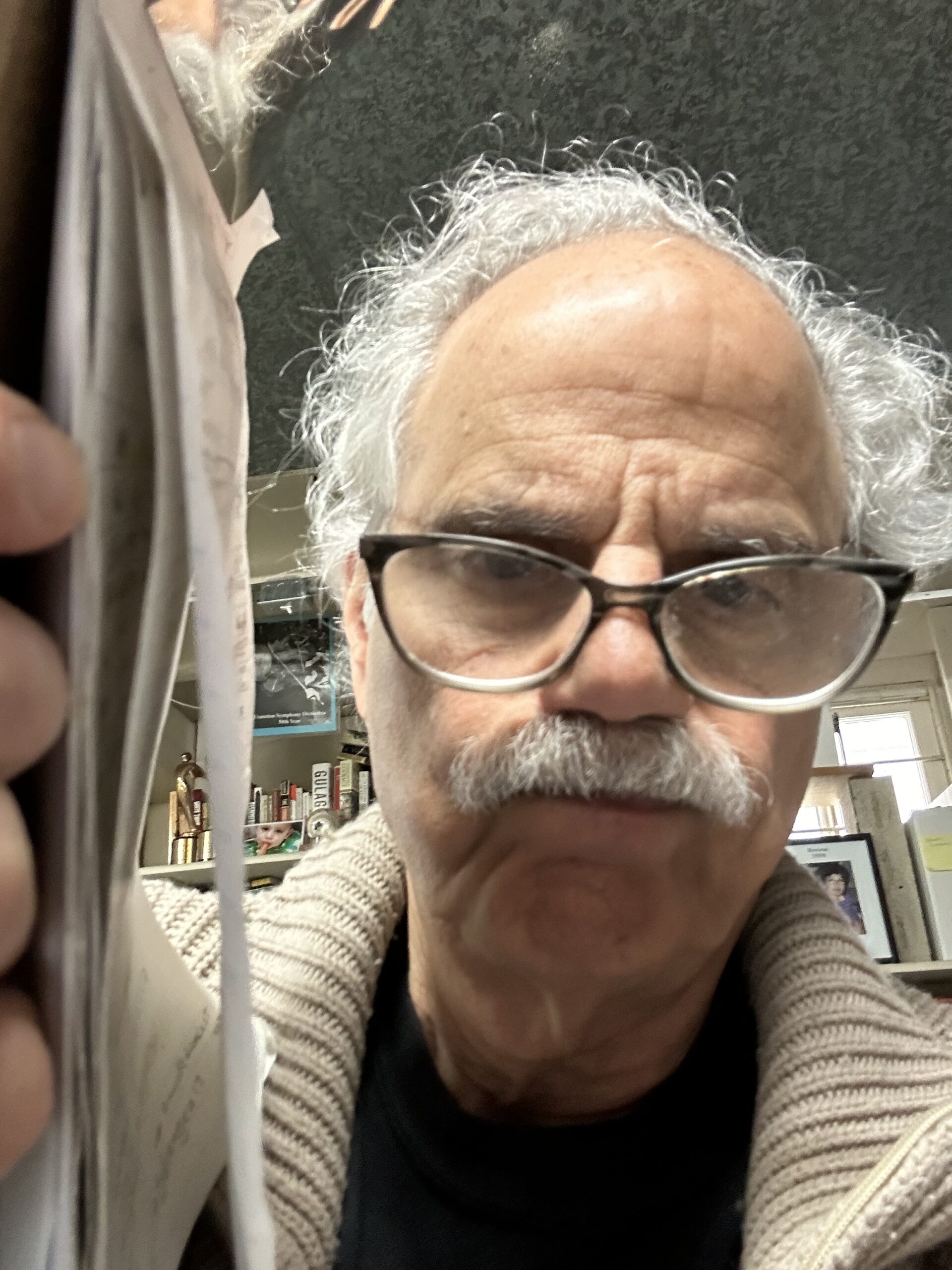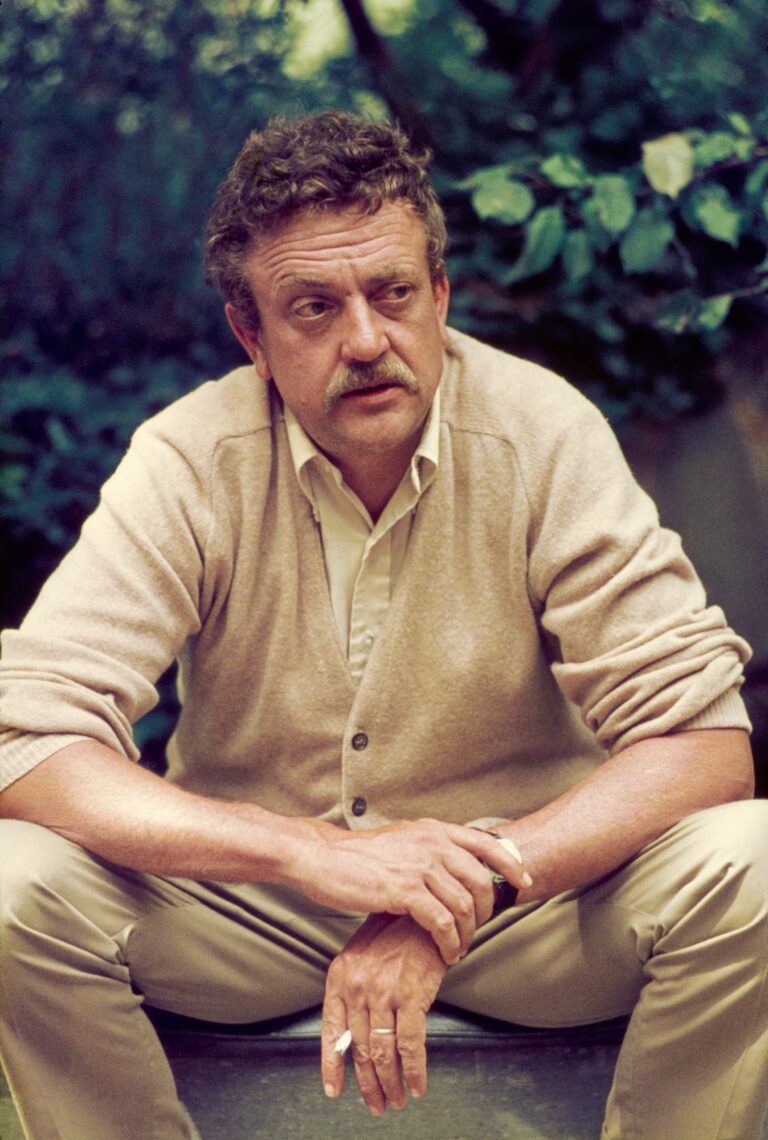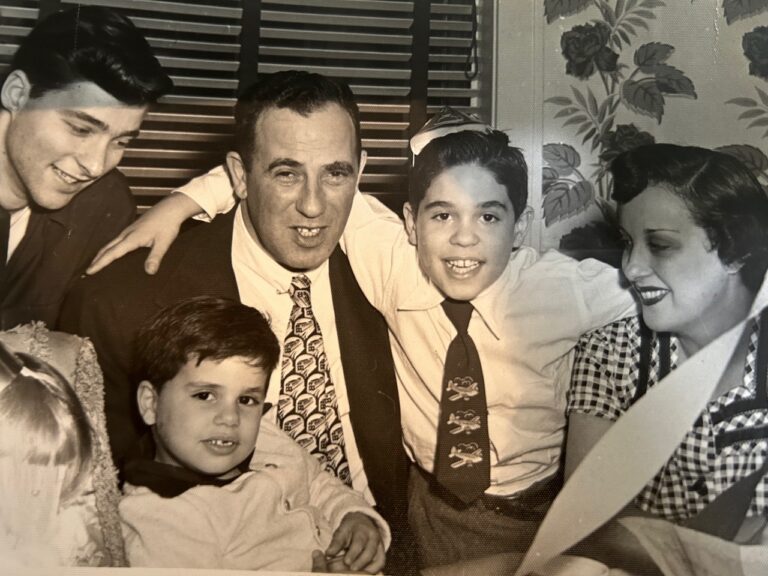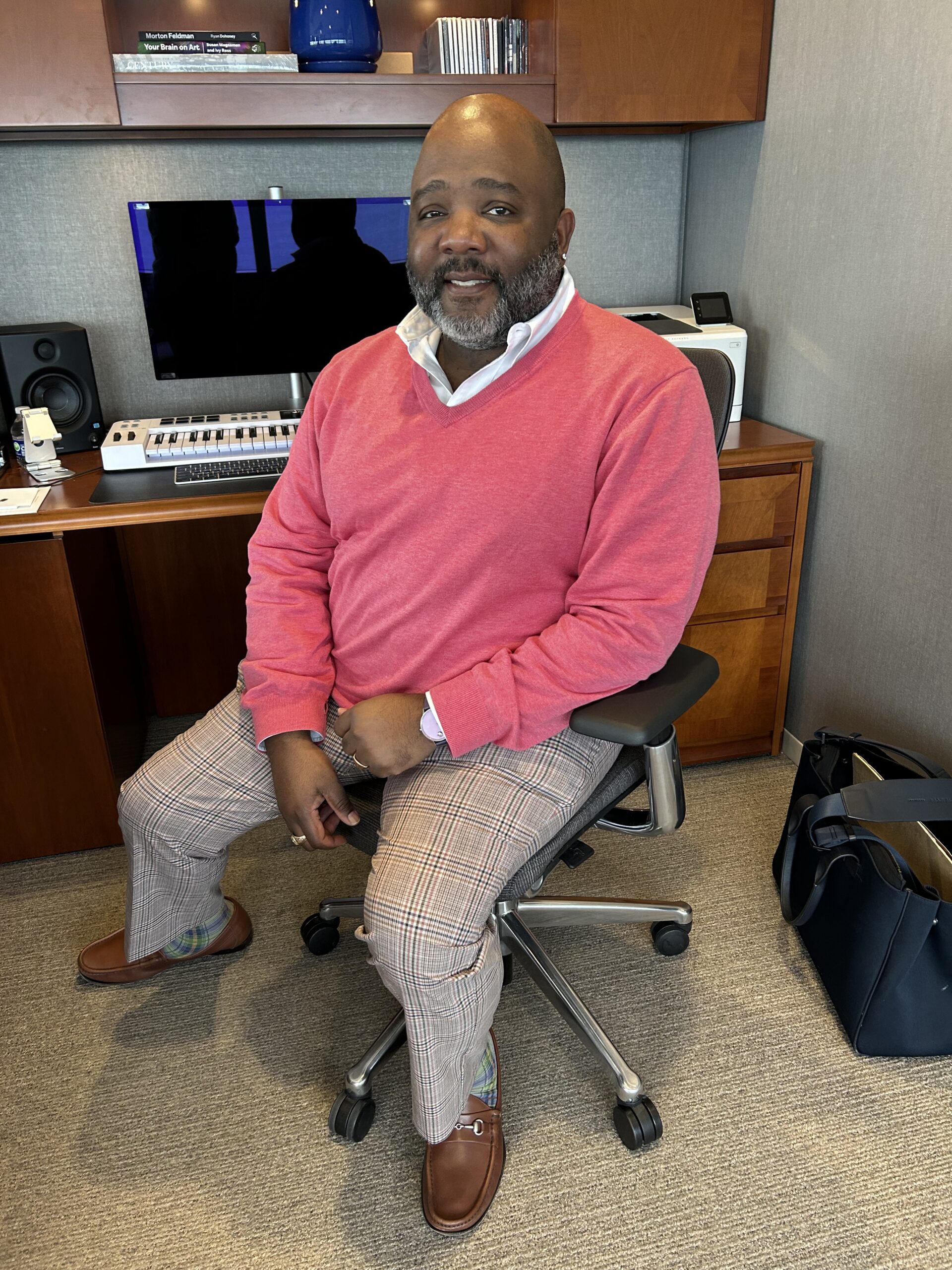Evanston RoundTable, July 21, 2021
Steven Rogers’ formula for helping the Black community is crystal clear: whites should donate to Historically Black Colleges and Universities, patronize Black businesses, deposit money in Black-owned banks and support reparations.
The former entrepreneur and retired Northwestern and Harvard Business School professor, a longtime Evanston resident, has a new book titled “A Letter to My White Friends and Colleagues: What You Can Do Right Now to Help the Black Community.”
This is an important and timely work. In the era of George Floyd et al, many white people are asking themselves how they should respond.
Mr. Rogers has answers.
The book, published May 26 on the one-year anniversary of George Floyd’s murder, is available at Amazon, Barnes & Noble and elsewhere. It describes in detail the 402-year history of systemic racism in America and makes a compelling case for white restitution.
Anyone who has read Ta-Nehisi Coates, Isabel Wilkerson, Michael Eric Dyson and other contemporary Black writers has explored some of this terrain, but Mr. Rogers spells it out in concise, compelling detail, including some striking facts that might not be widely known and in any case are worth repeating:
- Blacks suffer from a poverty level twice that of white Americans, a disparity that has “widened since the Great Recession” of 2007-2008.
- 75% of whites report having no Black friends
- At Harvard Business School, where Mr. Rogers taught Entrepreneurial Finance and Black Business Leaders and Entrepreneurship, he found that only two of some 300 case studies read by first-year graduate business students featured Black executives. Mr. Rogers helped rectify the inequity by writing 20 case studies featuring Black executives.
- Black Codes, “the system of virtual enslavement enacted by Southern States after the Civil War,” Mr. Rogers writes, included a vagrancy law that penalized Blacks for “having jobs that did not serve the interests of whites.”
- Seattle enacted a law stating “No person other than one of the white race shall ever be permitted to occupy any portion of any building except as a domestic servant.” This was overturned by the Supreme Court only in 1948.
- The famous post-World War II Levittown housing development was restricted by government fiat from selling homes to Blacks, and “mandated each deed prohibit resale of home to Blacks.”
- According to a Duke University study, a family headed by a Black college graduate has less wealth than a family headed by a white high school dropout.
- Some 98% of Federal Housing Authority loans between 1930 and 1950 went to whites
- The average Black net worth is about one-tenth the average white net worth in America
“The only real cure for America is elimination of this wealth gap,” he writes, “…via commerce, investments, savings, philanthropy and government policy.”
Mr. Rogers opens the book with a chapter describing his “lifelong commitment to uplifting the Black community using the tools of business, and specifically Black entrepreneurship.” That’s followed by a chapter summarizing the tragic history of federal, state and municipal government and private sector racism through slavery, Black Codes, Jim Crow laws, forced labor, vagrancy laws, redlining, and more.
Then he gets down to business. “There are few things more beneficial to the Black community,” he writes, “than people being gainfully employed.”
To that end, each of the next four chapters describes the pillars of Mr. Rogers’ carefully considered program for reversing the wealth gap suffered by Blacks. The first pillar calls for whites to donate at least 8.46% of their annual philanthropic giving to one or more Historically Black Colleges and Universities for the next five years. He points out there are 101 HBCUs in 19 states, including Chicago State University in the Roseland community of Chicago’s South Side.
Famous graduates of HBCU schools include Martin Luther King; Thurgood Marshall, the first Black Supreme Court Justice; authors Langston Hughes, Toni Morrison and Alice Walker; Vice President Kamala Harris; children’s rights activist Marion Wright Edelman; the Rev. Jesse Jackson and film director Spike Lee. There are two billionaires on the list: Oprah Winfrey and Ann Walton Kroenke, a white heiress to the Walmart fortune.
The best-known HBCU, Howard University in Washington, D.C., from 2002 through 2011 produced as many Black Ph.D.s. as Harvard, Stanford, MIT and Yale combined, Mr. Rogers writes.
In the next chapter he urges whites to deposit at least 8.46% of their bank savings into Black-owned banks for at least three years. Mr. Rogers tells the story of A.G. Gaston, a Black multi-millionaire who derived his wealth from real estate investments. When Rev. King was jailed for protesting in Birmingham, Mr. Gaston paid the $160,000 bond for his release. Mr. Gaston’s first real estate purchase was financed by a $200 loan from a Black-owned bank.
Mr. Rogers isn’t the first person to promote Black banking. He points out in the book that Fortune Magazine cited a trend to “bank Black” in 2020.
The next pillar calls for whites to support Black-owned businesses to the tune of 8.46% of a family’s annual household budget. He writes that Black businesses are the largest private employer of Blacks in the country, as well as the largest employer of Black youths.
The book helpfully lists a number of such businesses in the Chicago area and nationwide. In addition, the Black Business Consortium maintains a handy online resource of Black-owned businesses in Evanston and the North Shore.
The fourth and final pillar is for whites to write their congressional representatives asking them to support reparations. He points out that Michigan Congressman John Conyers first introduced H.R. 40 in 1989 to “examine slavery and discrimination in the colonies and the United States from 1619 to the present and recommend appropriate remedies.” The bill was named for the number of acres every former slave was supposed to have received after the Civil War – but never did. H.R. 40 has been re-introduced every year since, but never passed. Even though Americans have historically opposed reparations to Blacks, Mr. Rogers writes, there is ample precedent. The U.S. government has paid reparations to Japanese-Americans and Hawaiian-Americans (even ex-slaveholders!), and provided land as a form of restitution to Native Americans. Germany has paid Jews almost $90 billion since the end of World War II.
He proposes that every Black American over the age of 18 who is a descendant of Black slaves receive $153,000, the amount needed to give them the same net worth as white Americans. He figures the cost at $3 trillion, 15% of the American economy and considerably less than the bank bailout of 2007.
Mr. Rogers, who retired as the Harvard Business School MBA Class of 1957 Senior Lecturer in 2019, comes by his passion for economic support of the Black community naturally. Raised by a single mother in Chicago’s Englewood community, he was singled out by his school as a good candidate for a then-new program, called A Better Chance, designed to identify promising Black youth and provide them with solid educational training. The program was located in a posh Philadelphia suburb, where he spent his last three years of high school. “I loved it,” he said of the experience. “I wanted a different life” than Englewood could presumably provide.
After graduating from Williams College in 1977, he went to work for Cummins Engine in Indiana and then for a Cummins joint venture in North Carolina.
He left to attend Harvard Business School, where he graduated in 1985 with a Master of Business Administration degree. After working at Bain Consulting for two years, he says, “I knew I wanted to own my own company.” His role model was his mother, who would buy and sell goods on Maxwell Street. “She loved doing deals,” he says. “It’s just my personality. I like independence – and don’t like working for other people.”
He thought about buying a McDonald’s franchise and joined the company’s training program, but rejected their suggested asking price for a restaurant in downtown Boston as too expensive.
Instead, he decided to return to his native Midwest and settle down in Evanston. “I wanted an urban suburb with a large Black population with good schools, a strong Black middle class and easy access to the city.”
He bought a lamp shade company in downtown Chicago in 1988 and ran it for six years. During that time he also owned a lamp shade manufacturer in Quincy, Ill., and a retail lighting store in Des Plaines.
After being invited to speak at a Northwestern MBA class on running a small business, he realized teaching was his true passion. He taught “Entrepreneurial Finance” for 17 years at Kellogg, where he was voted Professor of the Year 26 times in the part-time Executive Program and twice in the full-time program. He was recruited by Harvard Business School where he taught six more years, retiring in 2019.
In a recent interview at his Evanston home, I asked Mr. Rogers: “Why title the book a letter?” He replied that he always envisioned the book that way. “The word connotes intimacy. I wanted to give the impression I was talking to a friend.”
Why 8.46%? That was the length of time – 8 minutes and 46 seconds – it was originally thought Minneapolis police officer Michael Chauvin kneeled on George Floyd’s neck. But at Chauvin’s trial it was revealed the time was actually 9:29. So Mr. Rogers says in the next edition of the book the percentage he intends to ask for will be at least 9.29%.
He says he supported Barack Obama’s bid in 2012 for the presidency, but was disappointed with the results. He called the eight years Obama was in office a “missed opportunity” to help America’s Black population.
Similarly, he’s been disappointed with Evanston’s groundbreaking reparations program. “Cash is the best reparation,” he insists. That Evanston was first in the nation with reparations is “bittersweet,” he says. Evanston’s housing program may prove a mistaken template for other cities considering the City’s example, he says.
The book has scored well on Amazon, rating No. 1 in eight different categories including business finance and income inequality. He says he’s pleased but not surprised. “The timing is right. Many whites are asking what they can do. This book is a call to action.”
The 64-year-old Mr. Rogers says he is “optimistic” about changing white attitudes. Since the shock of George Floyd’s murder a little over a year ago, he says there has been “more understanding and progress by whites and corporations regarding wealth sharing than I’ve ever seen.” The white community is starting to show “some empathy and understanding…[and] a kinder heart to rectify and solve the wrongs of slavery, lynching, and redlining.”
His next book, scheduled for release in the fall, is “Successful Black Entrepreneurs Who Are Not Athletes and Entertainers.”




+ There are no comments
Add yours